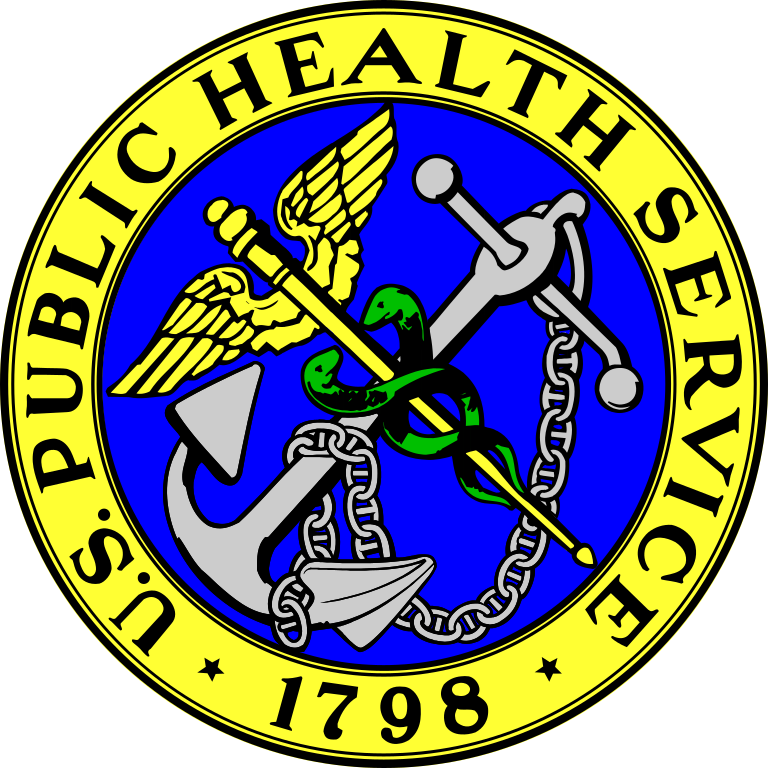The Public Health Service Commissioned Corps is the larger of the two non-military US uniformed services. Like the NOAA Commissioned Corps, it is composed only of officers, who use naval ranks and uniforms.1 Approximately 6,700 medical personnel, including doctors, nurses, dentists, pharmacists, therapists, veterinarians, scientists, and environmental health professionals, make up the corps, and serve in support of numerous federal and state health projects. Like their counterparts in the NOAA Corps, members of the PHS Corps are given their commissions directly after they complete their education.

The roots of the PHS Corps go back to 1798, when Congress passed an act mandating the creation of hospitals for merchant seaman. In 1870, after a series of scandals surrounding the loosely-controlled marine hospitals, the service was centralized as the aptly-named Marine Hospital Service. John Maynard Woodworth was appointed as the Supervising Surgeon-General of the Service, an office that later evolved into the modern Surgeon General, and quickly established a new model. Physicians would wear military uniforms and were assigned to the Service as a whole, instead of to a specific facility, allowing them to be moved as needed. The next few decades saw the MHS gain more responsibility for public health problems in general, including quarantine of ships that might carry disease, health screening of the tide of immigrants arriving at ports like Ellis Island, handling epidemics ashore, and even running hospitals for Native Americans. In 1902, the MHS became the Public Health Service, the backbone of which was still the commissioned corps of physicians.
Today, the Public Health Service Commissioned Corps provides a flexible corps of doctors and other medical personnel to support the various missions of the Public Health Service. These can range from medical research to working with various underserved populations in the field. The PHSCC also provides medical personnel for the NOAA Corps and the Coast Guard, and loans them to other Federal agencies as needed. Its members are usually among the first to respond to medical emergencies caused by disease or natural disaster, both within the US and around the world. It can also be militarized by order of the President, as was done during WWII and Korea. The Corps is headed by either the Surgeon General, who normally holds the rank of Vice Admiral,2 or the Assistant Secretary for Health if the holder of that office has been commissioned as a full Admiral. Weirdly, neither of these offices is usually held by a career member of the PHS, and instead outsiders are given commissions when they take office. The Assistant Secretary is particularly weird, as some are commissioned, while other aren't, with no discernible pattern.
The Public Health Service Commissioned Corps does vital work fighting disease and protecting the nation's health. Even if it is usually denied the recognition of the larger uniformed services, it is both an important part of the government and an interesting organization in its own right.

Recent Comments